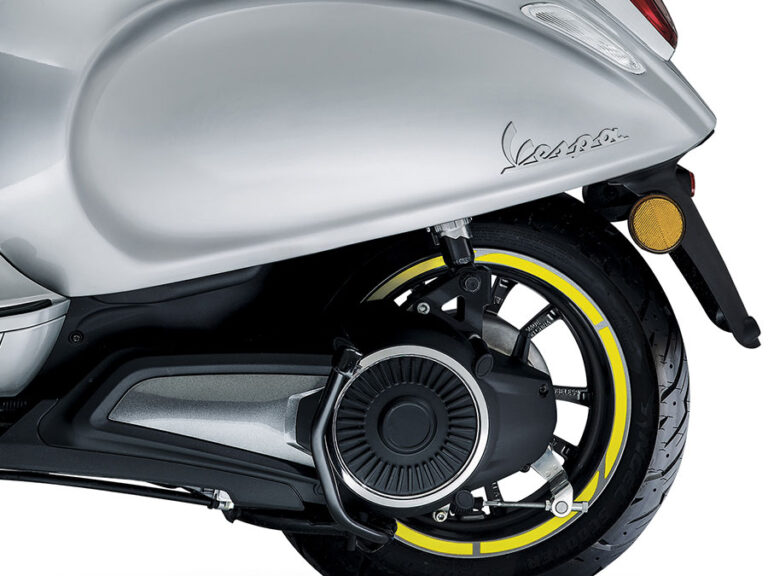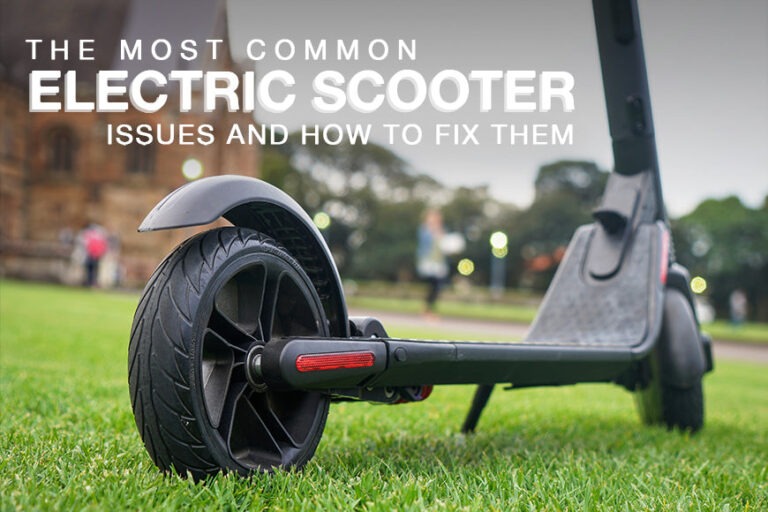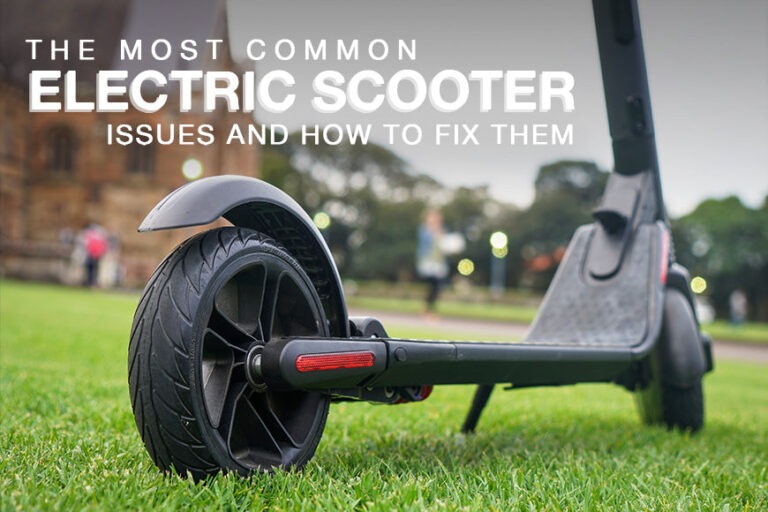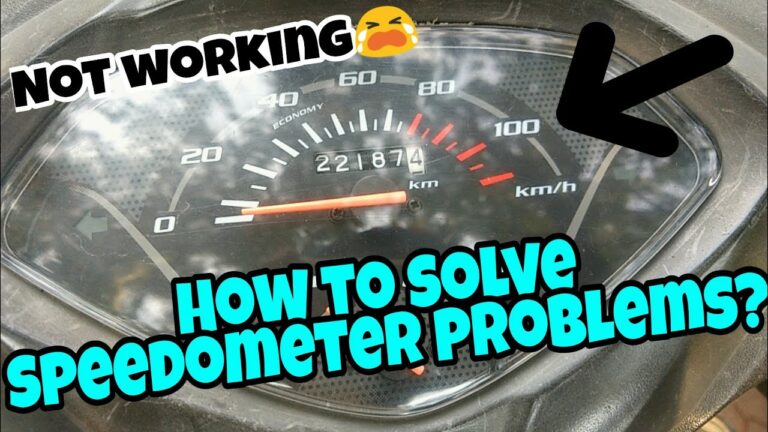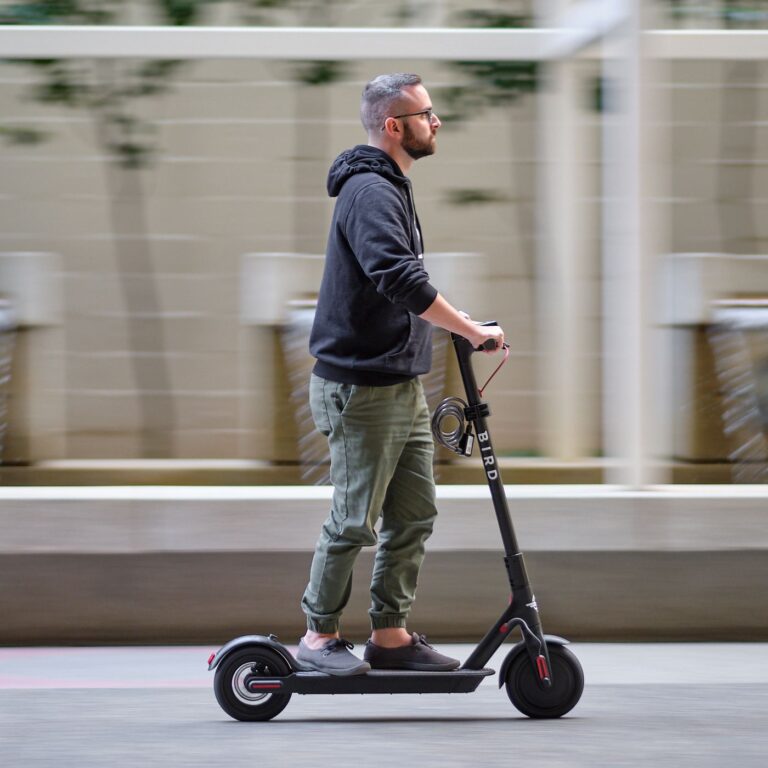Pride Mobility Scooter Not Charging: Expert Troubleshooting Tips
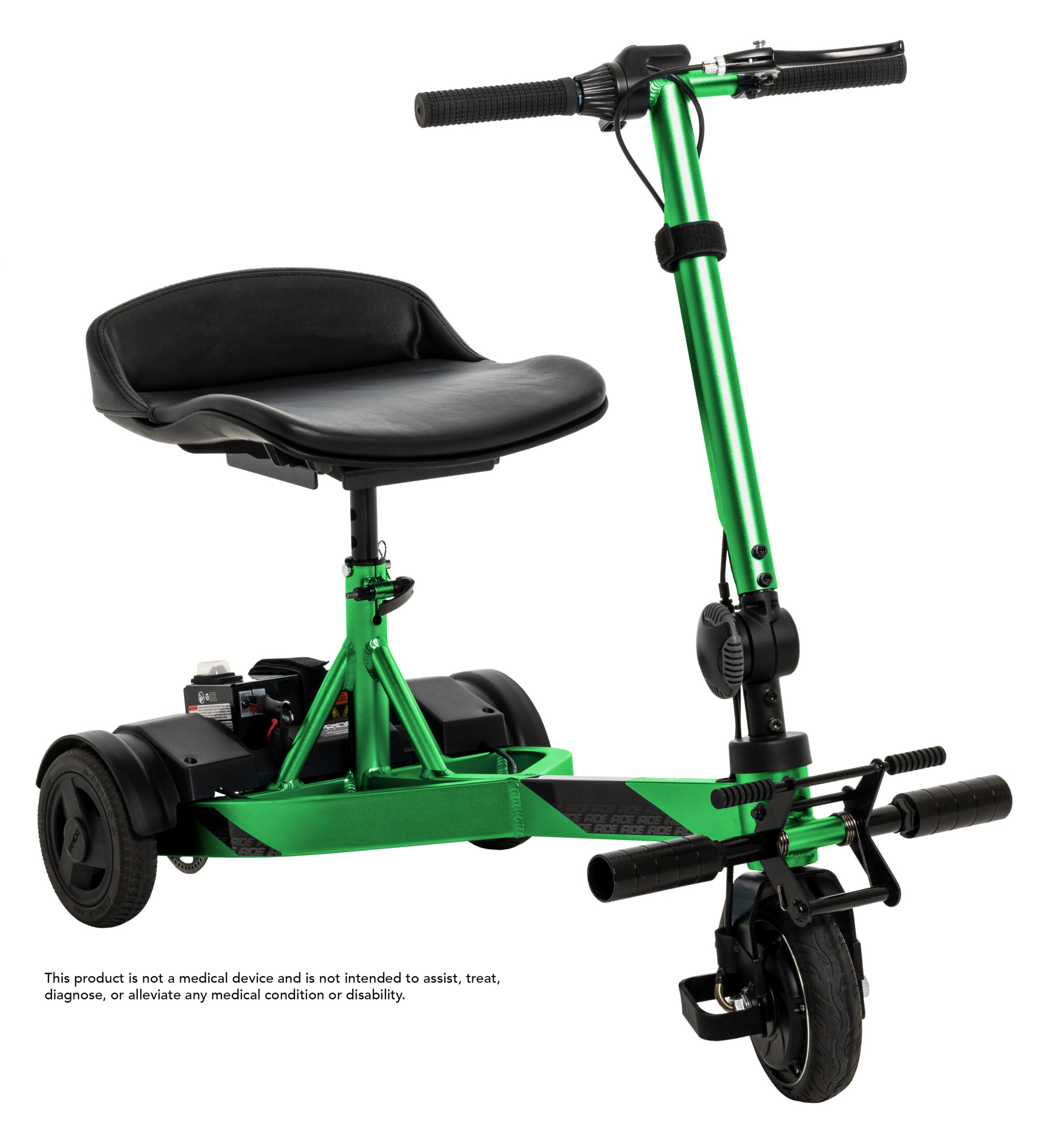
Pride Mobility Scooter not charging? Check the power connection and ensure it is securely plugged in.
Additionally, inspect the battery and charger for any signs of damage or wear. Clean the battery terminals and try using a different power outlet to see if the issue persists. If the problem continues, contact a professional technician for further assistance.
With these simple steps, you can troubleshoot and potentially resolve the charging issue with your Pride Mobility Scooter.
Signs That Your Pride Mobility Scooter Isn’T Charging
If you’re experiencing issues with your Pride Mobility Scooter not charging, there could be several signs to look out for. These may include a lack of power when turning on the scooter, a blinking battery indicator, or a complete failure to charge.
It’s important to troubleshoot these problems to ensure your scooter is in optimal condition.
.
If you rely on a Pride Mobility Scooter to get around, it can be frustrating when you encounter charging issues. Knowing the signs that your scooter isn’t charging can help you troubleshoot the problem and find a solution. In this section, we’ll discuss two common signs that indicate your Pride Mobility Scooter is experiencing charging problems.
Battery Indicator Not Showing Full Charge:
- Battery indicator shows lower than usual charge level: If you notice that the battery indicator on your Pride Mobility Scooter is not showing a full charge as it normally does, it can be an indication that your scooter is not charging properly.
- LED lights are not turning on: Another sign that your scooter is not charging is when the LED lights, which usually indicate the charging status, fail to turn on when the scooter is connected to a power source.
Scooter Not Turning On Or Losing Power Quickly:
- Scooter fails to turn on: One of the most glaring signs that your scooter isn’t charging is when it doesn’t turn on at all, even after being plugged in for an extended period. This can signify that the battery is not receiving any power or that the battery is drained.
- Rapid power loss during use: If your scooter powers off unexpectedly or loses power quickly while in use, it can be an indication that your battery is not holding a charge. This can be caused by a charging problem or a faulty battery.
Recognizing these signs can help you identify charging issues with your Pride Mobility Scooter. In the following sections, we will explore common causes for these problems and provide troubleshooting tips to help you get your scooter charging again. Remember to refer to your owner’s manual or consult a professional if you are unsure about any repairs or troubleshooting steps.
Common Causes Of Charging Issues
If your Pride Mobility Scooter is not charging, it could be due to common causes such as a faulty battery, loose or damaged connections, or a malfunctioning charger. Identifying and addressing these issues can help you get back on the move with your scooter.
When it comes to your Pride Mobility Scooter not charging, there could be a few common causes behind this frustrating issue. Identifying the root cause will help you troubleshoot the problem effectively. Here are the potential culprits to consider:
Faulty Charger Or Charging Port:
- Loose connection: Check if the charger’s plug is securely inserted into the charging port. Ensure that there are no obstructions preventing a proper connection.
- Damaged charger: Inspect the charger for any visible signs of damage, such as frayed wires or bent pins. A faulty or damaged charger may prevent your scooter from charging correctly.
- Defective charging port: If there are no apparent issues with the charger, the problem might lie with the charging port itself. Over time, the port may become worn or internally damaged.
Dead Or Worn-Out Battery:
- Age of the battery: Scooter batteries have a limited lifespan. If your battery is several years old, it may no longer be capable of holding a charge effectively.
- Insufficient charging: It’s crucial to charge your mobility scooter regularly. If you haven’t been consistently charging the battery, it may have fully discharged and become difficult to recharge.
- Battery damage: Accidental damage, extreme temperatures, or misuse can result in battery dysfunction. Physical indicators, like bulging or leaking, can suggest battery damage.
Loose Connections Or Wiring:
- Check all connections: Inspect the wiring and connectors for any loose or disconnected parts. Ensure that all connections are secure and properly plugged in.
- Damaged wiring: Examine the wiring for any visible signs of wear and tear, such as frayed or exposed wires. Damaged wiring can interrupt the charging process and prevent the battery from receiving power.
Remember, if you’re unsure about how to carry out any checks or repairs mentioned above, it’s always best to seek professional assistance. They can provide expert guidance specific to your Pride Mobility Scooter model and ensure a safe and accurate resolution to your charging issues.
Importance Of Troubleshooting The Issue Promptly
Promptly troubleshooting issues with a Pride Mobility Scooter not charging is crucial for a seamless and uninterrupted mobility experience. By addressing the problem promptly, users can ensure a reliable and efficient functioning of their scooters, making their daily activities easier and more convenient.
Troubleshooting any issues with your Pride Mobility Scooter not charging is crucial. Promptly addressing these problems ensures the safety of your scooter usage, prevents further damage, and prolongs the lifespan of the battery.
Ensures Safety During Use
Troubleshooting the charging issue promptly is essential to guarantee your safety while using the Pride Mobility Scooter. Here’s why:
- Charging issues can lead to sudden power loss while you’re riding the scooter, which can result in accidents or injuries.
- By identifying the problem promptly, you can avoid potential risks and ensure a smooth and secure experience while operating the scooter.
- Regularly checking the charging system and resolving any issues promptly will help maintain the overall safety of the scooter.
Prevents Further Damage To The Scooter
Taking immediate action to troubleshoot charging problems can prevent additional damage to your Pride Mobility Scooter. Here’s why:
- Allowing the charging issue to persist can put your scooter’s electrical components at risk, potentially leading to more severe damage.
- By identifying the root cause of the charging problem and addressing it promptly, you’ll prevent further complications, thus avoiding costly repairs later on.
- Regular maintenance and troubleshooting will help keep your scooter in good condition, ensuring its long-term functionality.
Extends The Lifespan Of The Battery
When you troubleshoot and resolve charging issues promptly, you can significantly extend the lifespan of your Pride Mobility Scooter battery. Here’s why:
- Addressing charging problems ensures that the battery receives the necessary power to charge optimally, prolonging its overall capacity and lifespan.
- Regular charging system maintenance allows you to detect any abnormalities or inefficiencies, leading to timely repairs or battery replacements.
- By taking care of your scooter’s battery and resolving charging issues promptly, you’ll enjoy longer battery life, enhancing your overall scooter experience.
Remember, troubleshooting the charging issue promptly not only ensures your safety during use but also prevents further damage to the scooter and extends the lifespan of the battery. Regular maintenance and timely repairs can help you make the most of your Pride Mobility Scooter for years to come.
Step 1: Checking The Power Source
To troubleshoot a Pride Mobility Scooter that is not charging, begin by checking the power source. Ensure that the scooter is properly connected to the charger and that the charger is plugged into a functioning power outlet.
To troubleshoot your Pride Mobility scooter not charging issue, start by checking the power source. Follow these steps to ensure that the power source is not the cause of the problem:
- Ensure the charger is plugged in correctly:
Check if the charger is securely plugged into both the scooter and the power outlet. Sometimes, the charger may not make proper contact due to loose connections. Make sure the charger is firmly inserted on both ends.
- Verify that the power outlet is working:
Check if the power outlet you are using is functioning correctly. Sometimes, power outlets can become faulty or have a loose connection. Test the outlet by plugging in another electronic device to see if it powers up. If the outlet doesn’t work, try using a different one.
- Use a different outlet or power source:
If the power outlet is not the issue, try using a different one. This step will help determine if the original outlet is the problem or if there is an issue with the charger or scooter. Plug the charger into a different power source and see if it starts charging.
Remember to adhere to safety precautions when testing different outlets or power sources. If you’re unsure about any electrical work, consult a professional electrician.
By following these steps and checking the power source, you can determine if the issue lies with the charger connection or the power outlet. Taking these initial troubleshooting steps can help you identify and resolve the problem with your Pride Mobility scooter not charging.
Step 2: Inspecting The Charger And Charging Port
Inspect the charger and charging port of your Pride Mobility Scooter to identify any issues that may be preventing it from charging properly. Ensure that all connections are secure and free from debris to optimize charging performance.
When your Pride Mobility scooter is not charging, it’s important to inspect both the charger and the charging port to identify the issue and find a solution. Follow these steps to examine the charger and charging port:
Examine The Charger For Any Physical Damage Or Loose Connections:
- Carefully check for any visible physical damage on the charger.
- Look for frayed or damaged wires that may be preventing proper charging.
- Check the charger’s LED indicators to ensure they are functioning correctly.
- Make sure the charger is securely plugged into the power outlet and the scooter.
Check The Charging Port For Debris Or Corrosion:
- Inspect the charging port on your Pride Mobility scooter.
- Look for any debris, dust, or dirt that may be obstructing the connection.
- Check for signs of corrosion that could interfere with charging.
- Ensure that the charging port contacts are clean and free from any foreign substances.
Clean The Charging Port If Necessary:
- If you find debris or corrosion, use a soft brush or cloth to gently clean the charging port.
- Be cautious not to damage the contacts while cleaning.
- Ensure the charging port is completely dry before attempting to charge the scooter.
Inspecting the charger and charging port is an essential step in troubleshooting your Pride Mobility scooter’s charging issue. By examining these components thoroughly and addressing any identified problems, you increase the chances of resolving the charging problem and getting your scooter back up and running.
Step 3: Testing The Battery
When your Pride Mobility Scooter is not charging, Step 3 involves testing the battery to identify any potential issues. By following this step, you can troubleshoot and resolve problems quickly, ensuring your scooter stays powered and ready for use.
When your Pride Mobility scooter is not charging, it’s important to troubleshoot the battery to identify any issues. Follow these steps to test the battery’s voltage and make an informed decision on whether to replace it:
Measure the voltage of the battery using a multimeter:
- Turn off the scooter and disconnect it from the charging port.
- Set your multimeter to the DC voltage setting and ensure it is calibrated.
- Locate the positive (+) and negative (-) terminals on the battery.
- Connect the red probe of the multimeter to the positive terminal and the black probe to the negative terminal.
- Read the voltage displayed on the multimeter.
If the voltage reading is significantly below the recommended level, it may be time to replace the battery. A significantly low voltage could indicate that the battery is no longer capable of holding a charge and providing sufficient power for your mobility scooter.
Consider professional assistance if unsure about battery replacement:
- If you are unsure about replacing the battery yourself, it’s best to seek professional assistance.
- A trained technician can help diagnose the problem and guide you through the battery replacement process.
- They have the knowledge and tools needed to ensure a proper battery replacement, giving you peace of mind and avoiding any potential damage to your scooter.
Remember, properly maintaining your Pride Mobility scooter’s battery is crucial for its performance and longevity. Regularly checking the battery’s voltage and seeking professional help when needed ensures that you can enjoy the mobility and independence it provides.
Step 4: Verifying Connections And Wiring
Step 4 involves verifying connections and wiring to troubleshoot a Pride Mobility Scooter that is not charging. This step ensures that all electrical connections are properly secured to resolve the charging issue.
Inspect all connections and ensure they are secure:
- Check all the connections and make sure they are tightly secured. Loose connections can prevent the Pride Mobility scooter from charging properly.
Look for any frayed or damaged wires:
- Examine all the wires carefully to identify any signs of fraying or damage. Frayed or damaged wires can disrupt the charging process and should be addressed promptly.
Replace or repair any faulty connections or wiring:
- If you find any faulty connections or damaged wiring, it is crucial to replace or repair them. Faulty connections or wiring can cause the scooter to not charge or charge slowly. Promptly address these issues to ensure optimal charging performance.
When troubleshooting a Pride Mobility scooter that is not charging, it is essential to inspect all connections and wiring thoroughly. Ensure all connections are secure, look for any signs of frayed or damaged wires, and replace or repair any faulty connections or wiring.
By following these steps, you can resolve the charging issue and enjoy a smoothly functioning mobility scooter.

Credit: www.mobilityscootersdirect.com
Maintaining Battery Health
To maintain the battery health of your Pride Mobility Scooter and avoid charging issues, ensure you follow proper maintenance practices, such as regularly charging the battery, avoiding overcharging, and storing the scooter in a cool and dry place when not in use.
This will help prolong the life of your battery and ensure optimal scooter performance.
Charge The Scooter Regularly, Even If Not In Use
Regularly charging your Pride Mobility Scooter is vital for maintaining battery health and ensuring that it remains in optimum condition. Here are a few reasons why you should make it a habit to charge your scooter regularly:
- Prevent battery drain: Keeping your scooter’s battery charged regularly helps prevent the battery from draining completely, which can lead to decreased battery life and performance.
- Avoid sulfation: Sulfation is a common issue that occurs when a lead-acid battery is left discharged for an extended period. Regular charging helps prevent the buildup of sulfate crystals on the battery plates, which can reduce its capacity.
- Be prepared for unexpected outings: Charging your mobility scooter regularly ensures that you are always ready to go out and explore, even on short notice. It’s always better to have a fully charged battery, giving you the flexibility to go wherever you please.
- Battery longevity: Lithium batteries, commonly used in mobility scooters, perform optimally when charged regularly. By adhering to a charging routine, you can help extend the overall lifespan of your scooter’s battery, ultimately saving you money in the long run.
Avoid Overcharging The Battery
While regular charging is important, it’s equally crucial to avoid overcharging your Pride Mobility Scooter’s battery. Overcharging can adversely affect battery health and performance. Here are some guidelines to follow:
- Follow manufacturer’s instructions: Every scooter model may have different charging requirements. It’s crucial to carefully read and adhere to the manufacturer’s instructions regarding charging time and duration.
- Use a timer: If your charger does not have an automatic shut-off feature, consider using a timer to prevent overcharging. Set the timer to turn off the charger after the recommended charging duration.
- Avoid leaving it plugged in for prolonged periods: Once your mobility scooter’s battery has reached full charge, it’s important to disconnect it from the charger. Leaving it plugged in for an extended period can lead to overcharging and potential damage to the battery.
Store The Scooter And Battery In A Cool, Dry Place
Proper storage of your Pride Mobility Scooter and its battery is crucial to maintain battery health even when not in use. Here are a few tips to ensure optimal storage conditions:
- Find a cool, dry place: Store your scooter and battery in a cool and dry environment. Extreme temperatures, both hot and cold, can affect battery performance and lifespan. Avoid areas subject to direct sunlight or where temperature fluctuations are common.
- Keep it clean: Before storing your scooter, make sure to clean it thoroughly. Remove any dirt, dust, or debris that may have accumulated during use. This helps prevent any potential damage or corrosion during storage.
- Maintain battery charge: It’s recommended to store your scooter’s battery with a charge level between 50% and 80%. This range provides enough energy to keep the battery healthy without the risk of overcharging during long periods of storage.
- Disconnect the battery: If possible, disconnect the battery from the scooter during storage. This ensures that no power is being drawn from the battery, reducing the risk of drainage and maintaining its ability to hold a charge.
Remember, maintaining battery health is essential for the optimal performance and longevity of your Pride Mobility Scooter. By following these simple guidelines, you can ensure that your scooter’s battery remains in excellent condition, allowing you to enjoy smooth and reliable rides whenever needed.
Professional Assistance
Need professional assistance with your Pride Mobility Scooter not charging? Our team of experts can quickly diagnose and fix any issues, ensuring you can get back on the move in no time.
Pride Mobility Scooter Not Charging
Pride Mobility scooters are known for their reliability and durability, but occasionally, you may encounter issues with your scooter’s charging. When basic troubleshooting steps fail to resolve the problem, it may be time to seek professional assistance. In this section, we will explore who to contact when facing complex issues or warranty-related concerns.
Consult A Certified Technician For Complex Issues:
- A certified technician has the expertise to diagnose and resolve complicated charging problems.
- They can help identify any underlying electrical issues that may be causing the charging problem.
- Technicians have access to specialized equipment and tools to accurately diagnose the problem.
- They can provide guidance on potential repairs or replacement parts needed to get your scooter charging again.
- It is advisable to consult a certified technician rather than attempting repairs yourself, as incorrect repairs can void the warranty or cause further damage to your scooter.
Contact Pride Mobility Customer Support For Warranty-Related Concerns:
- If your Pride Mobility scooter is still under warranty, it is crucial to reach out to their customer support team for assistance.
- Warranty-related concerns may include issues with the charging system, faulty battery, or other components related to charging.
- Pride Mobility’s customer support team is trained to handle warranty claims and can provide guidance on the next steps to take.
- They may offer troubleshooting advice or arrange for repairs or replacement of defective parts.
- Keep all relevant warranty documentation handy when contacting customer support to facilitate a smooth process.
Remember, for complex issues, it’s best to consult a certified technician who can accurately diagnose and resolve the problem. If you have any warranty-related concerns, reach out to Pride Mobility’s customer support to receive appropriate assistance. With their expertise, your Pride Mobility scooter will be back up and running in no time.
Precautions For Troubleshooting
Discover essential precautions for troubleshooting your Pride Mobility Scooter not charging. Follow these guidelines to effectively address potential issues and ensure a smooth charging experience.
When facing issues with your Pride Mobility Scooter not charging, it is important to take certain precautions before conducting any checks or repairs. Following these guidelines will help ensure your safety and prevent further damage to the scooter. Remember to always refer to the manufacturer’s instructions and safety guidelines for specific troubleshooting steps.
Turn Off The Scooter Before Conducting Any Checks Or Repairs
It is crucial to turn off the scooter completely before attempting any troubleshooting. This will prevent any accidental movements or electrical shocks while working on the scooter’s charging system. Here are some important precautions to keep in mind:
- Ensure that the power switch is in the “OFF” position before proceeding with any checks or repairs.
- Disconnect the charger from the power source and detach it from the scooter’s charging port.
- Check that the battery is securely connected and properly seated in its compartment. Avoid handling the battery with wet hands or any metallic objects.
- Make sure the scooter is on a level surface and the parking brake is engaged to prevent any movement during troubleshooting.
By following these precautions and turning off the scooter before conducting any checks or repairs, you can ensure your safety and avoid potential hazards. Remember to consult the manufacturer’s guidelines for specific troubleshooting steps to address the issue of your Pride Mobility Scooter not charging.
Preventive Maintenance
Having trouble with your Pride Mobility Scooter not charging? Implementing preventive maintenance can help you troubleshoot and resolve this issue, ensuring your scooter is always ready to go. Stay mobile with these simple tips for maintaining your scooter’s charging functionality.
Regularly inspect and clean the scooter:
- Check for any visible debris or dirt on the scooter’s exterior.
- Keeping the scooter clean helps prevent dust and dirt from clogging important components.
- Inspect the battery cables for any signs of corrosion or damage.
- Corroded or damaged cables can hinder the charging process.
- Ensure that the charging port is free of obstructions.
- Obstructions in the charging port can prevent a proper connection with the charger.
- Examine the tires for wear and tear.
- Worn-out tires may affect the scooter’s ability to move efficiently and may require replacement.
Replace worn-out parts or components promptly:
- If you notice any signs of wear on the batteries, cables, or other parts, replace them immediately.
- Worn-out parts can lead to charging issues and overall scooter performance.
- Replace the batteries according to the manufacturer’s recommendation.
- Old or weak batteries may not hold a charge properly, resulting in decreased scooter functionality.
Schedule professional servicing for optimal performance:
- Regularly schedule maintenance with a professional technician.
- Professional servicing can help identify and fix potential issues that may affect the charging process.
- Ensure that the technician checks the battery and charging system during servicing.
- A thorough check will ensure that all components are in optimal condition for charging.
By following these preventive maintenance practices, you can ensure that your Pride Mobility Scooter remains in top condition and that charging issues are minimized. Regular inspections, prompt replacements, and professional servicing will help maintain optimal performance and extend the lifespan of your scooter.
Frequently Asked Questions On Pride Mobility Scooter Not Charging
Why Is My Mobility Scooter Battery Not Charging?
There are several reasons why your mobility scooter battery may not be charging: loose connections, old battery, faulty charger, or damaged wiring.
Where Is The Reset Button On A Pride Scooter?
The reset button on a Pride scooter can typically be found on the control panel.
How Can I Tell If My Pride Scooter Is Charging?
To check if your Pride scooter is charging, look for a blinking light or a charging indicator on the scooter.
Can You Revive A Mobility Scooter Battery?
Yes, a mobility scooter battery can be revived with proper care and maintenance.
Conclusion
Troubleshooting issues with a Pride Mobility Scooter not charging can be frustrating but with the right approach, you can resolve the problem and get back on the move. Start by checking the power source and ensuring it is functional, then examine the charging cable and connections for any issues.
If necessary, test the battery and charger separately to determine if one of them needs replacing. Additionally, regular maintenance and following the manufacturer’s guidelines for charging can help prolong the lifespan of your scooter’s battery. Remember to consult the Pride Mobility user manual or reach out to customer support for further assistance if needed.
With patience and persistence, you can overcome charging issues and continue to enjoy the freedom and mobility that your Pride Mobility Scooter provides

